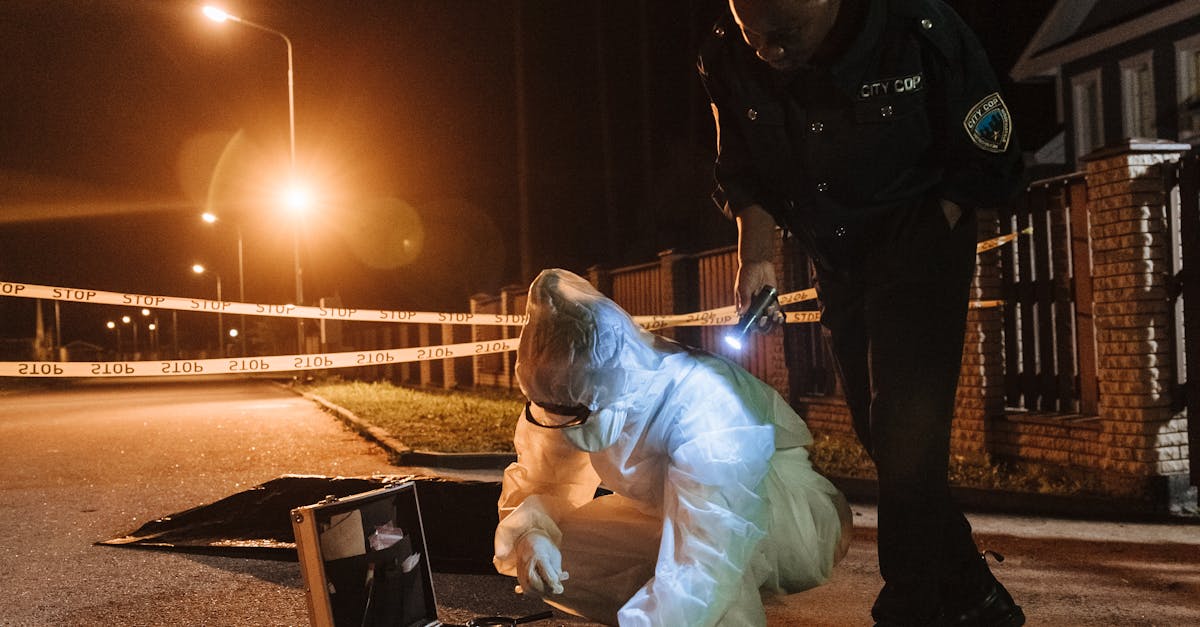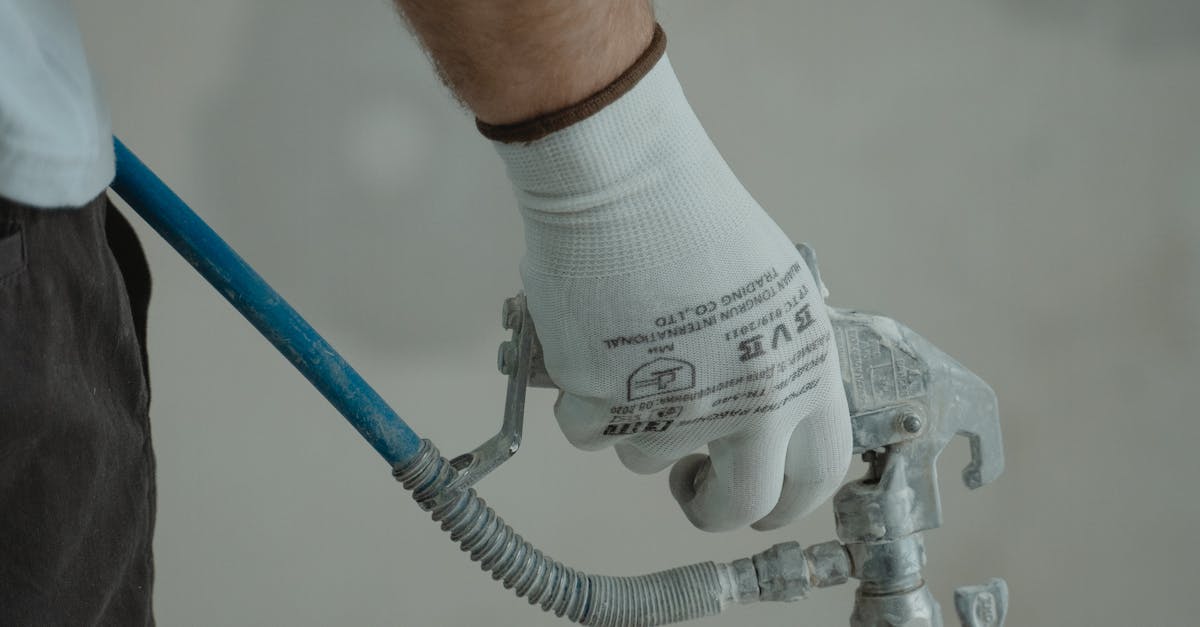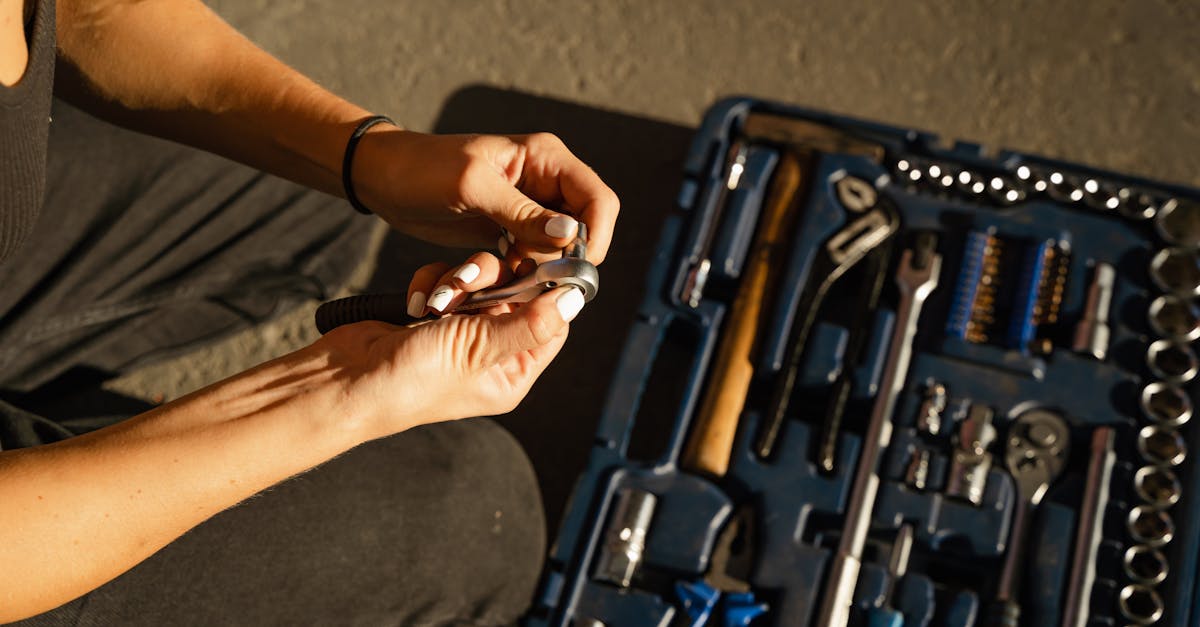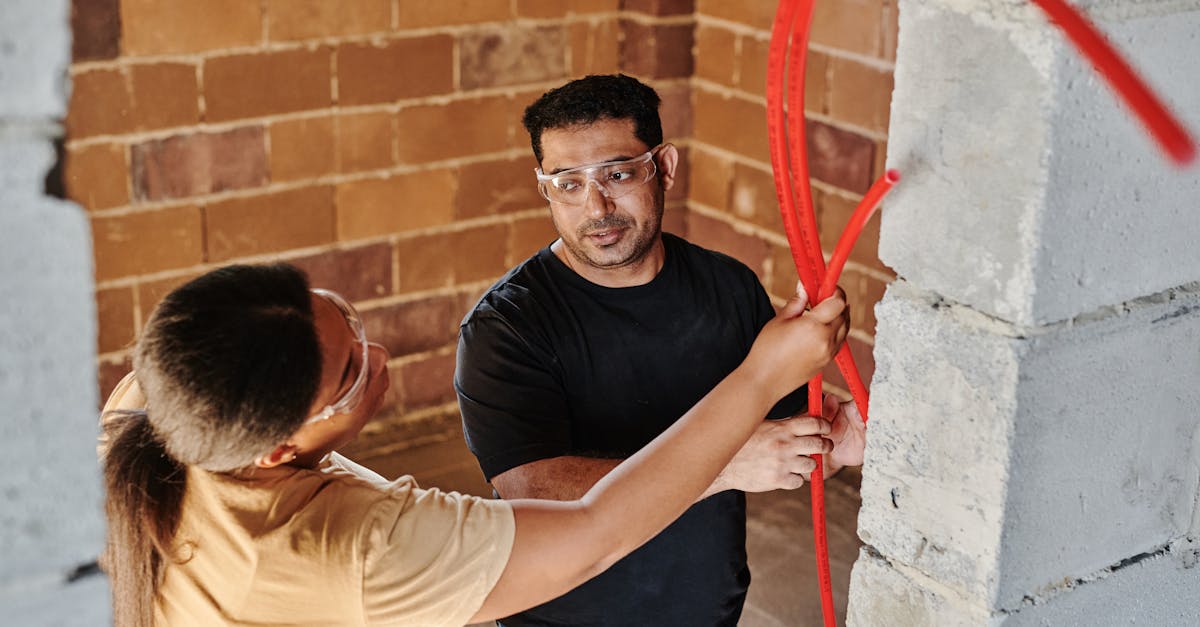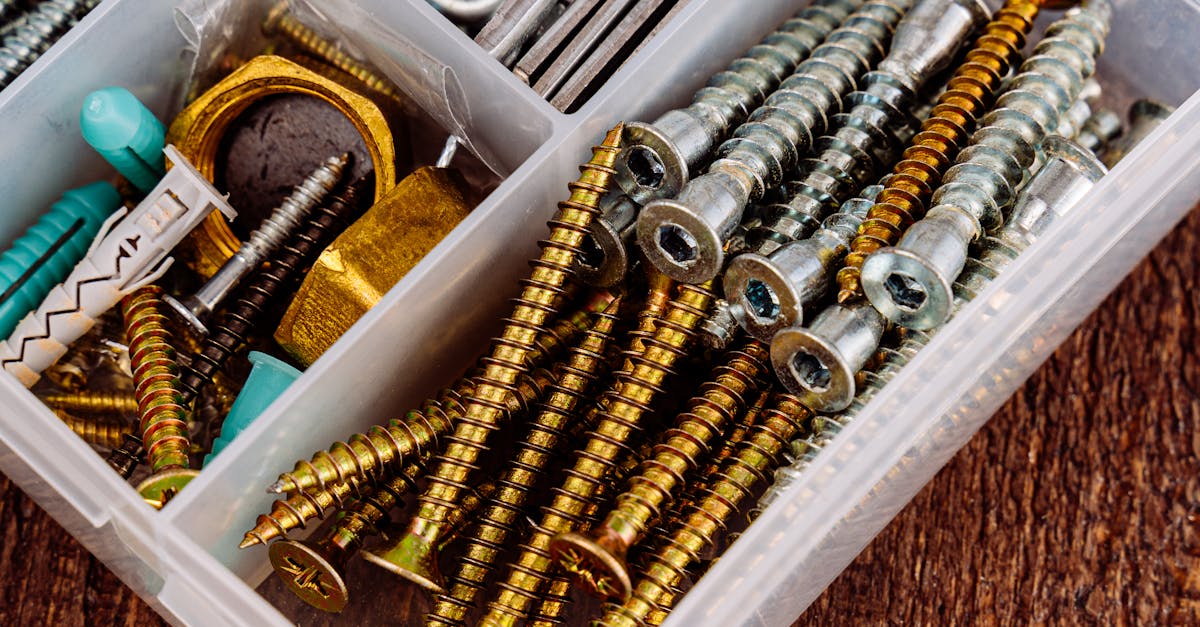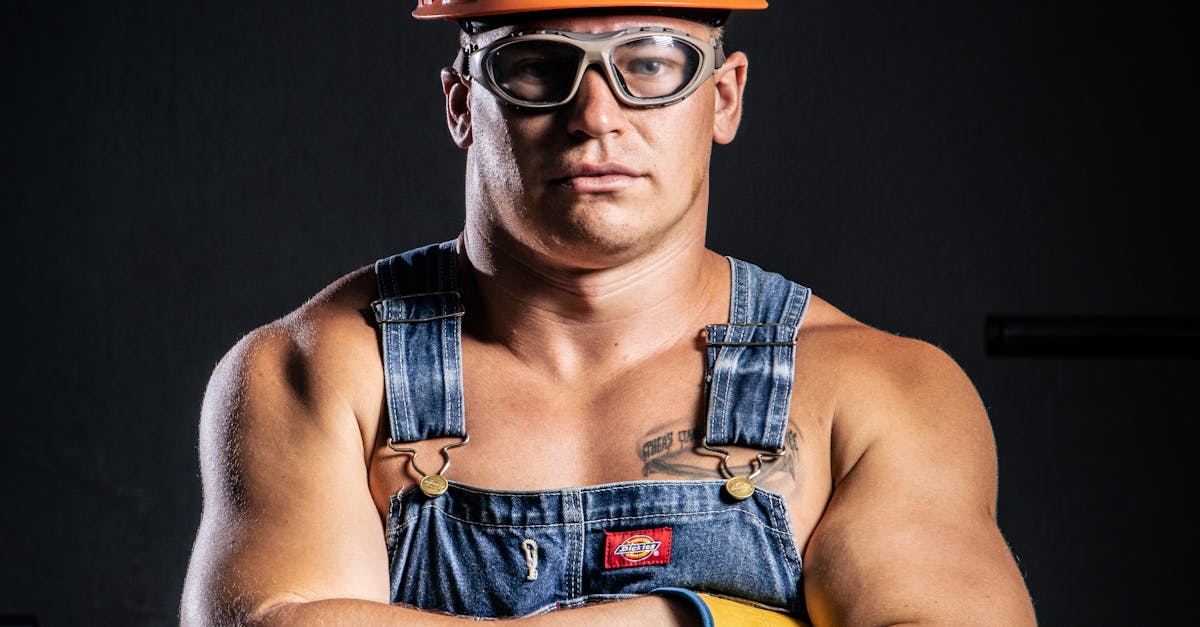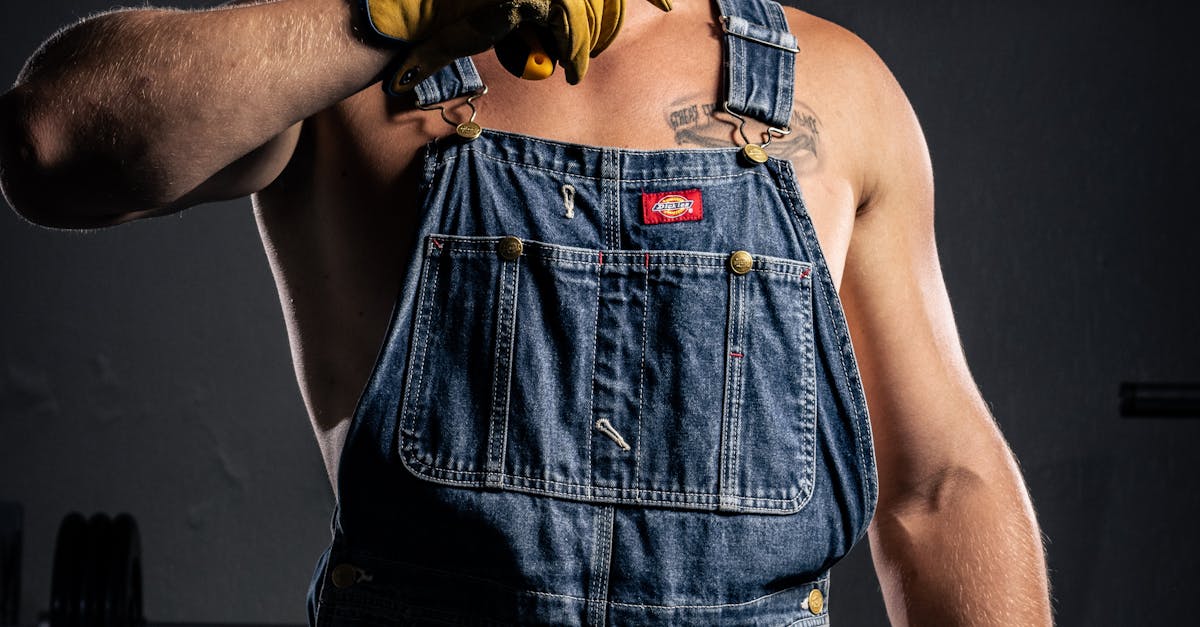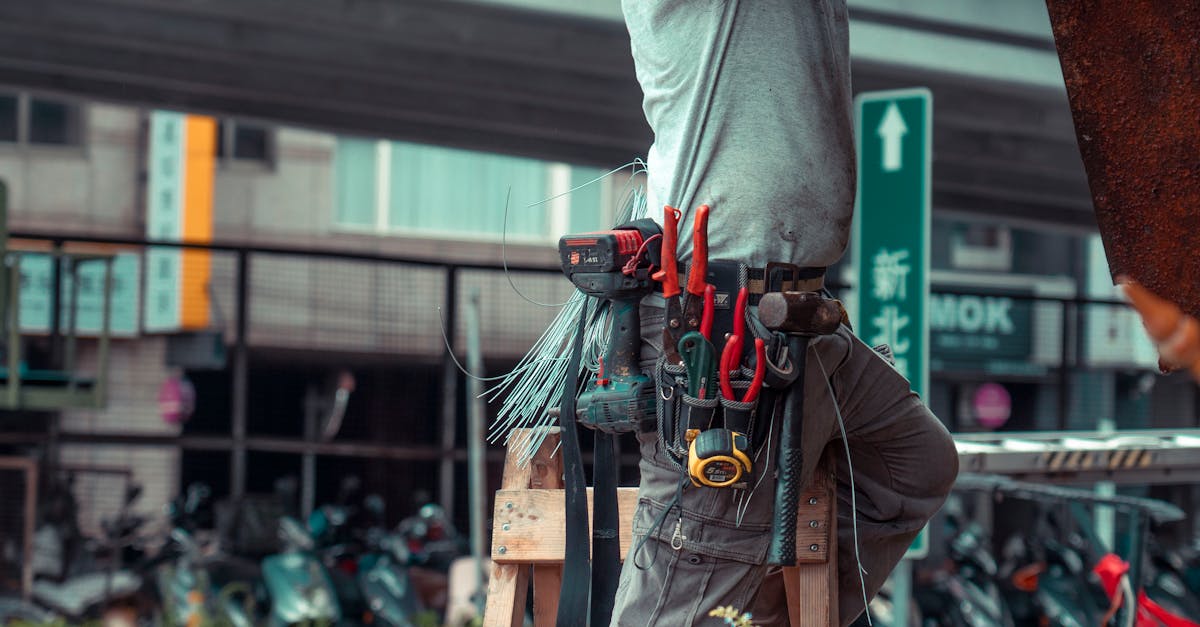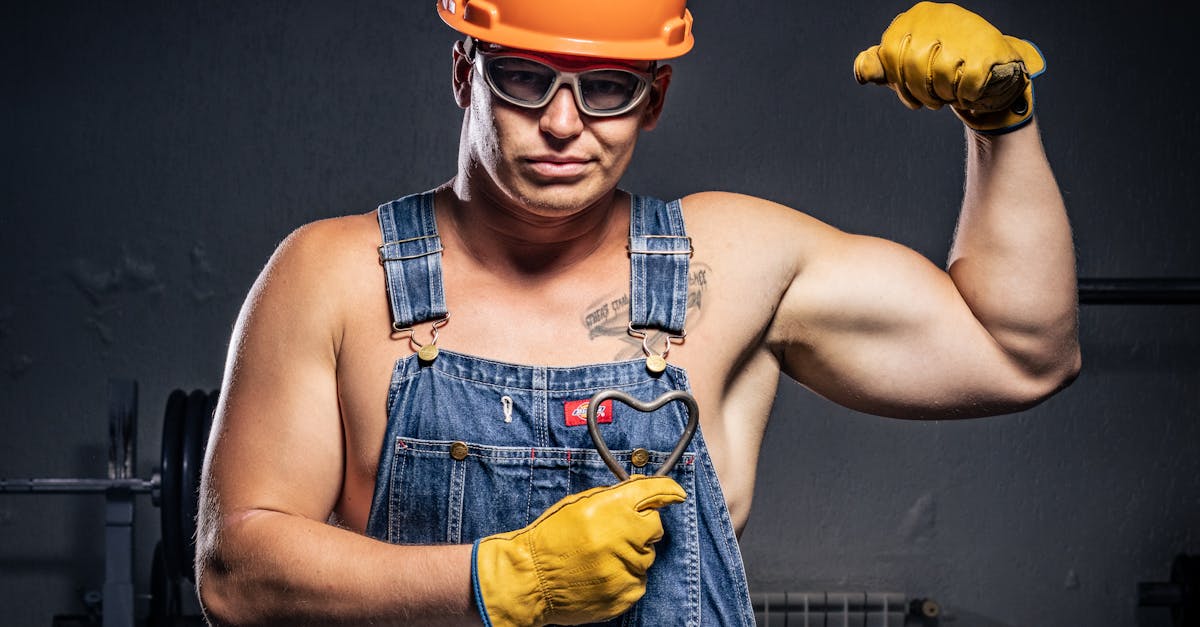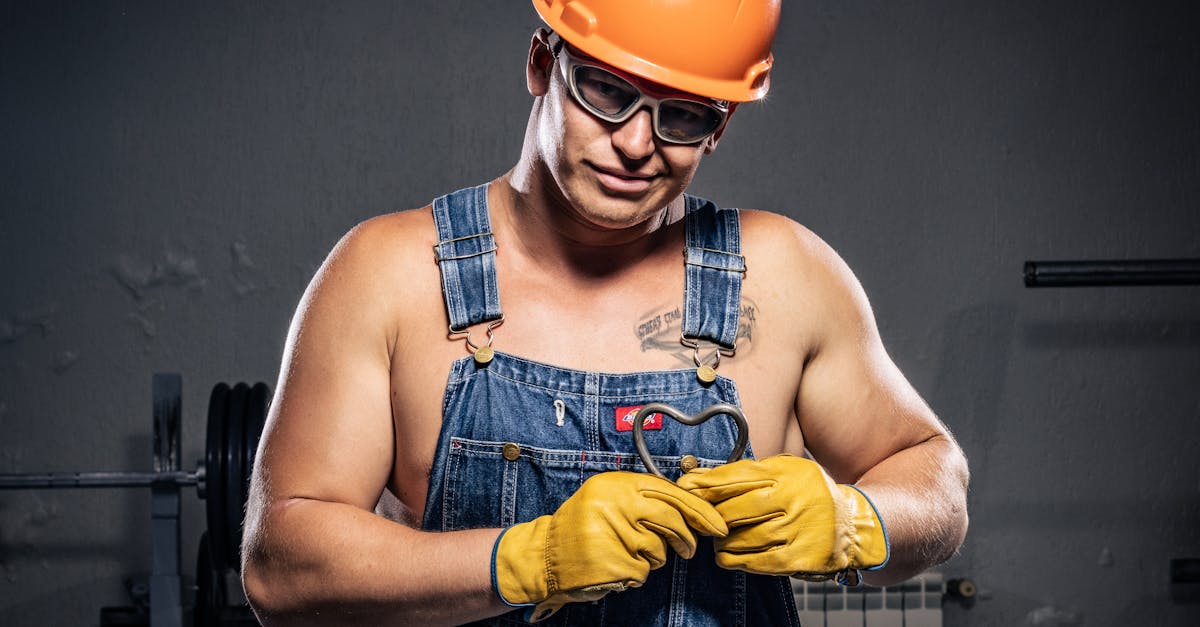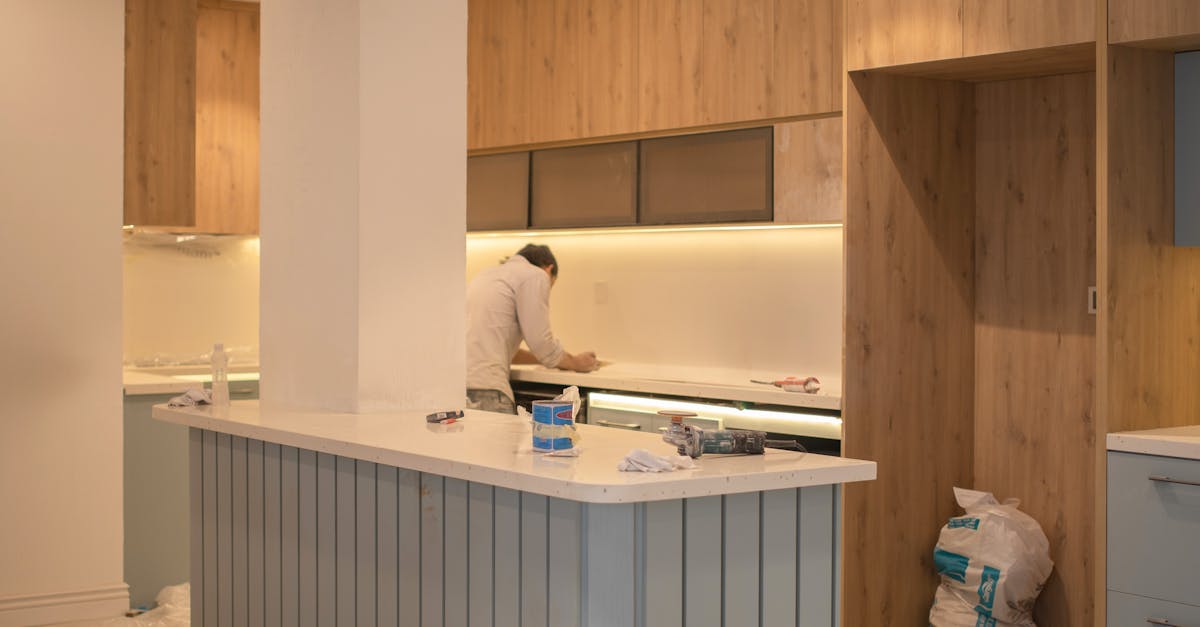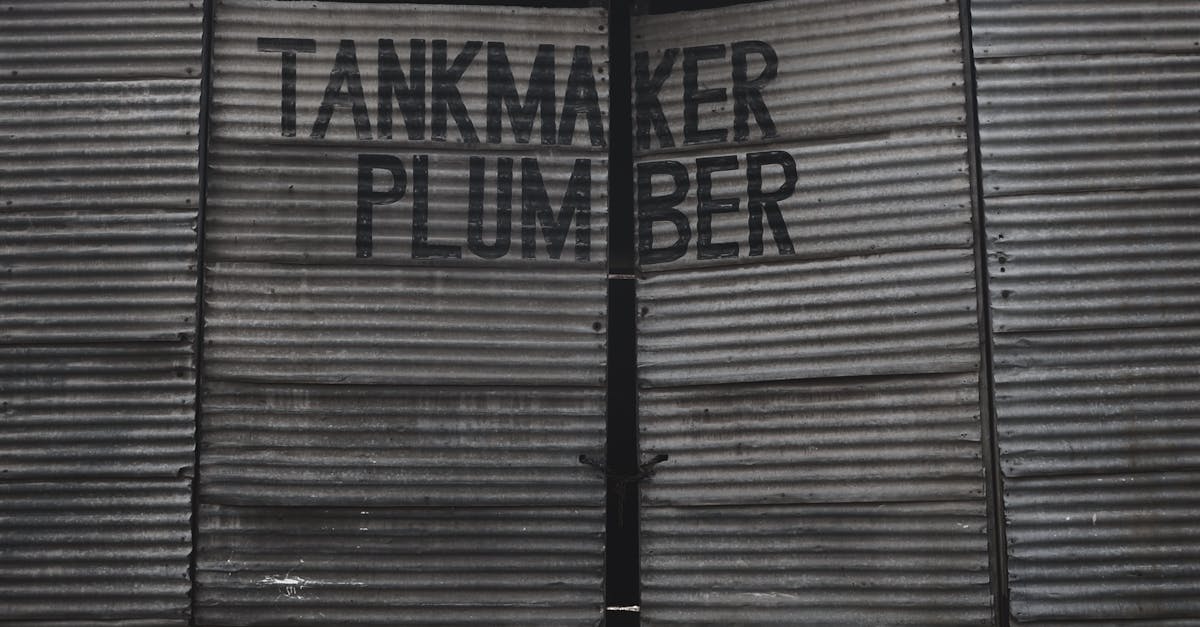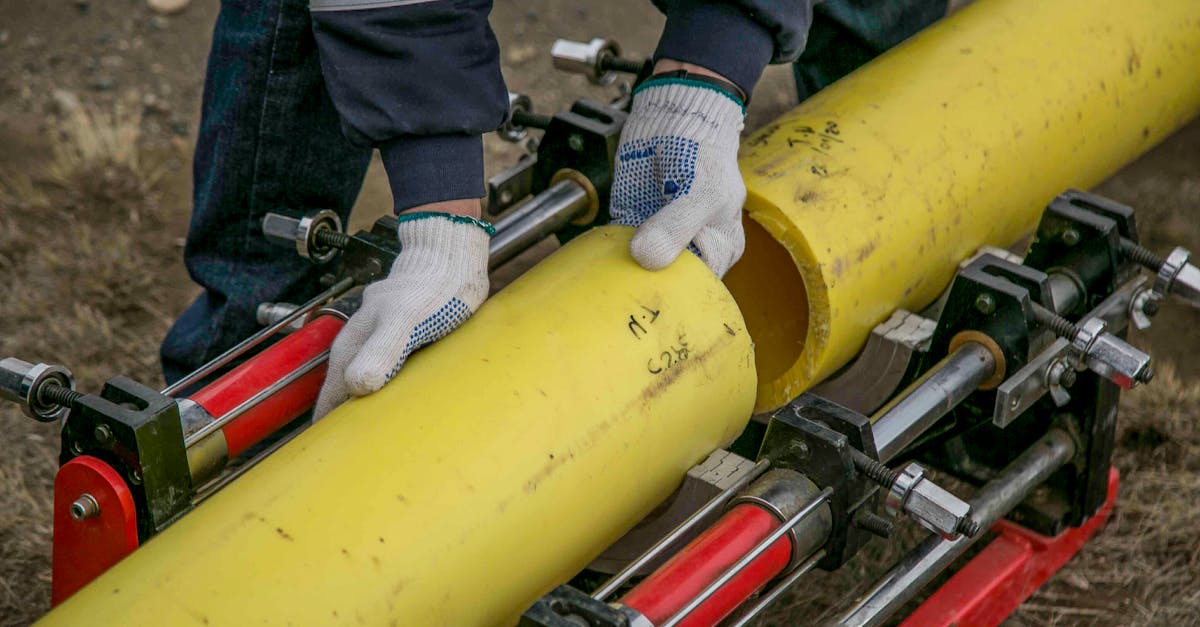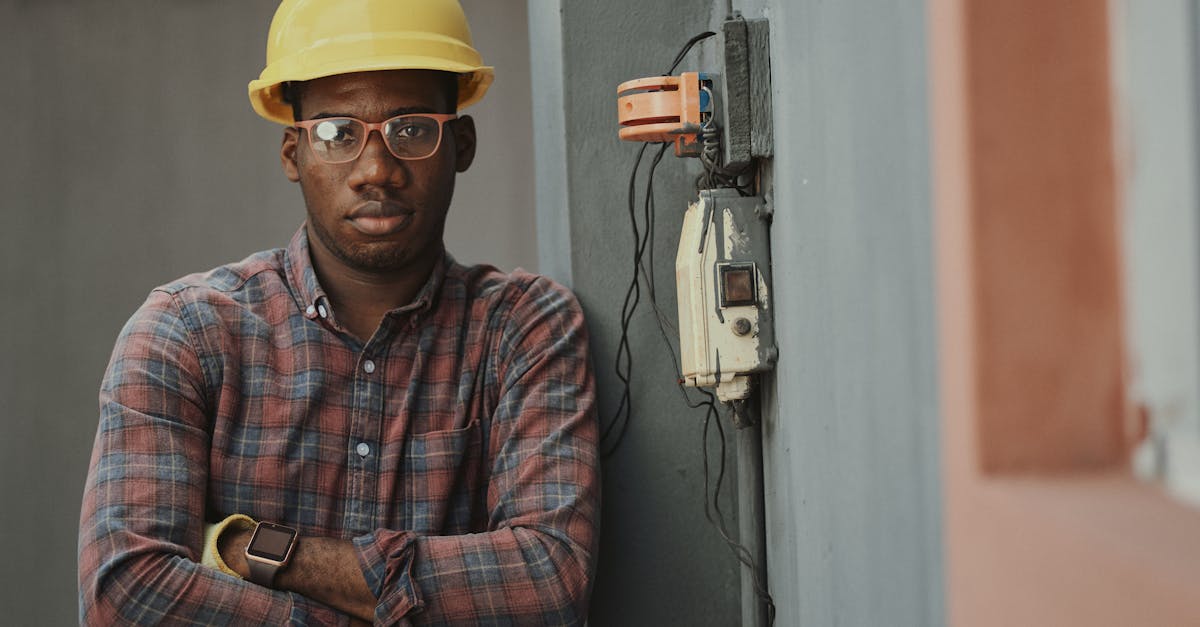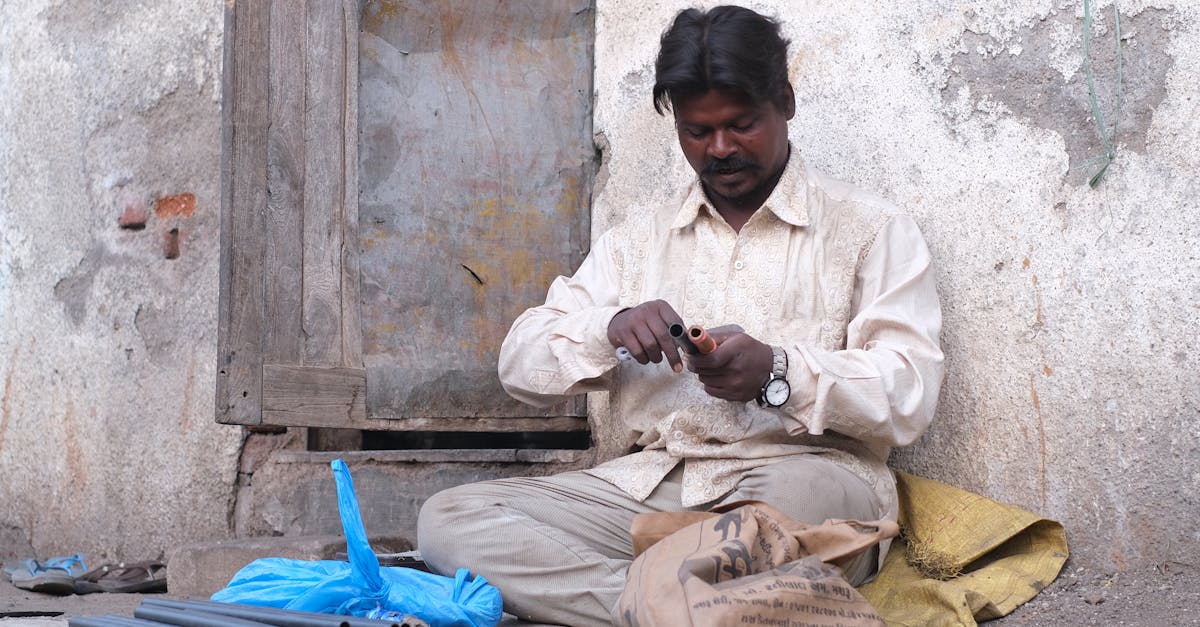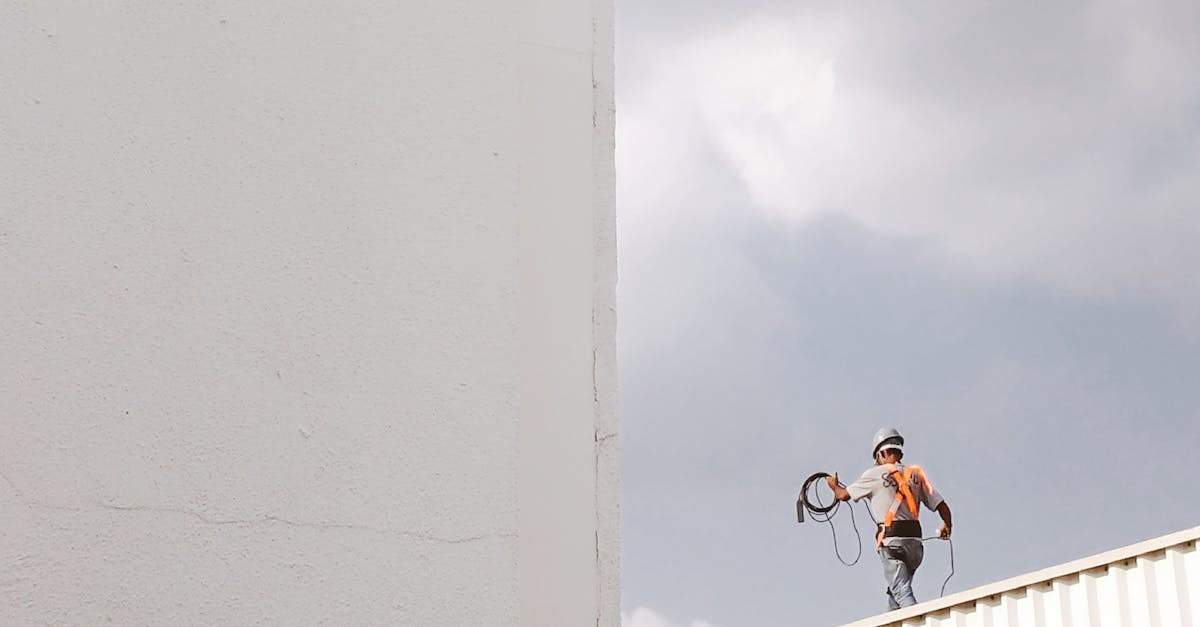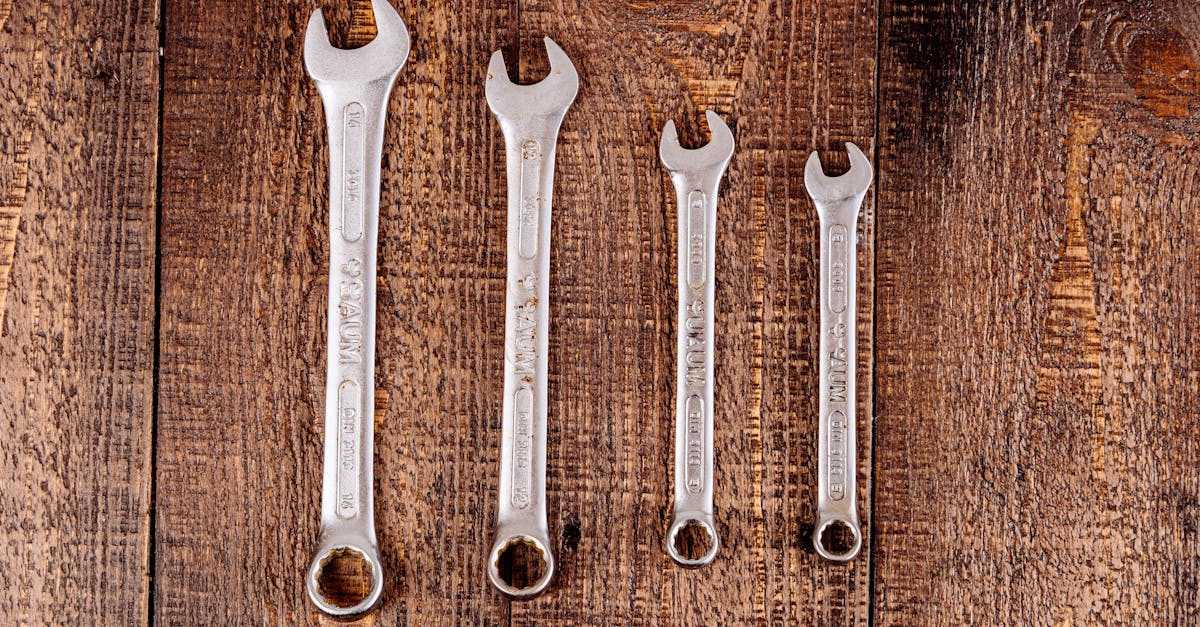
Table Of Contents
Maintenance Requirements
Regular maintenance is crucial for maximizing the life expectancy of pipe relining. Homeowners should perform periodic inspections to check for any signs of wear or damage. Cleaning the pipes periodically helps prevent buildup that could compromise the relining. Utilizing specialized tools can assist in maintaining the interior condition of the pipes, ensuring that they function optimally over time.
In addition to inspections and cleanings, it’s essential to address any plumbing issues promptly. Leaks or blockages can put extra strain on relined pipes, potentially leading to premature failure. Homeowners should consider scheduling professional evaluations every few years. This proactive approach can identify problems early and extend the life of the pipe relining system, providing lasting benefits.
Best Practices for Longevity
To extend the lifespan of pipe relining, regular inspections play a critical role. Homeowners should prioritize scheduling professional assessments to identify any potential issues early on. Additionally, keeping an eye on water usage can provide insights into the system's performance. Unexplained increases in water bill may indicate leaks or blockages in the relined pipes that require immediate attention.
Maintaining proper drainage throughout the system also contributes significantly to longevity. Avoid flushing non-biodegradable items or pouring grease down the drain, as these can lead to clogs that place unnecessary stress on the relined pipes. Utilizing strainers and regular cleaning can help minimize debris accumulation. These proactive measures ensure that pipe relining functions optimally for years to come.
Signs of Deterioration
Recognizing signs of deterioration in pipe relining is crucial for maintaining the integrity of your plumbing system. Common indicators include leaking joints, unexplained dampness in walls or floors, and unusual odors. The presence of these issues often points to potential problems within the relined pipes. Regular visual inspections can help catch these signs early, allowing for swift action before more extensive damage occurs.
Changes in water flow or pressure may also signal that the relined pipes are experiencing trouble. If sinks, toilets, or showers drain slower than usual, this could indicate a buildup of debris or a disruption within the lining. Homeowners should stay vigilant and pay attention to these subtle changes. Addressing symptoms of deterioration promptly can extend the overall lifespan of the pipe relining and prevent costly repairs down the line.
How to Identify Potential Issues
Identifying potential issues in pipe relining requires attention to various indicators. Homeowners should watch for unusual odors or gurgling sounds, as these can suggest blockages or leaks. Additionally, slow drainage in sinks or showers may point to underlying problems with the relined pipes. Regular checks can help catch these signs early, ensuring timely maintenance and repairs.
Another crucial aspect is monitoring the condition of the surrounding landscape. If there are unexplained damp spots in the yard or a sudden increase in pest activity, it could indicate a failure in the pipe relining. Homeowners should also consider scheduling periodic inspections with professionals to assess the integrity of the relined pipes. This proactive approach can significantly mitigates the risks associated with undetected issues.
Innovations in Pipe Relining Technology
Innovations in pipe relining technology have significantly transformed how utilities manage aging infrastructure. Advanced materials like polymer resins and fiberglass are being utilized to create stronger, more durable liners. These materials can withstand greater pressure and resist corrosion, which extends the lifespan of the relined pipes. Additionally, modern curing techniques, such as UV light and heat, enhance the efficiency of the relining process, allowing for quicker installation and less disruption to surrounding areas.
Moreover, the integration of smart technology into pipe relining offers a proactive approach to maintenance. Sensors and monitoring systems can be embedded within the liners to assess condition over time. These advancements enable utility managers to detect potential issues before they become significant problems. With real-time data, they can make informed decisions about repairs or replacements, ultimately promoting a more sustainable approach to managing sewer and drainage systems.
Advances that Enhance Lifespan
Recent advancements in materials have significantly improved the lifespan of pipe relining systems. Modern liners utilize high-performance polymers that provide greater resistance to corrosion and chemical degradation. These materials enhance the durability of the relining and ensure it can withstand environmental pressures that might otherwise compromise older systems. The improved bonding techniques also enhance the strength of the liner, contributing to a longer-lasting solution for pipe repairs.
Technological innovations in installation techniques have further extended the effectiveness of pipe relining. The use of robotics and advanced monitoring systems allows for more precise application and ensures that the lining adheres correctly to the existing pipe structure. Enhanced inspection methods, such as CCTV cameras, enable early detection of potential issues, allowing for timely maintenance. These combined advancements create a more robust system that can effectively prolong the service life of pipes in various applications.
FAQS
What is the typical life expectancy of pipe relining?
The typical life expectancy of pipe relining can range from 50 to 100 years, depending on various factors such as the materials used and the conditions of the existing pipes.
How can I ensure the longevity of my relined pipes?
Regular maintenance, such as inspections and cleanings, along with following best practices like avoiding harsh chemicals, can significantly enhance the lifespan of relined pipes.
What are some signs that my relined pipes may be deteriorating?
Signs of deterioration include persistent leaks, recurring clogs, unusual odors, or visible cracks in the surface. If you notice any of these issues, it's essential to consult a professional.
How can I identify potential issues with my relined pipes?
Potential issues can be identified through regular plumbing inspections, using video camera assessments, and being alert to changes in water flow, pressure, or quality.
Are there any new technologies that improve the life expectancy of pipe relining?
Yes, recent innovations in pipe relining technology, such as improved resin formulations and advanced installation techniques, can enhance the durability and longevity of relined pipes.
